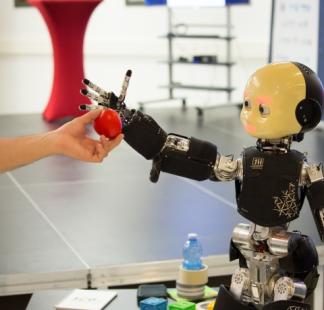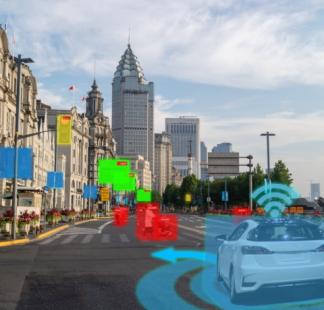Displaying 13 - 24 of 128
20 Oct 2025 - 21 Nov 2025
Online instructor led
This course explores the transformative trends shaping the transition to digital economies. It highlights the relevance of regulation in key sectors…
Languages:
- English
23 Oct 2025 - 24 Oct 2025
Face to Face
This course focuses on technical, business and regulatory aspects of Artificial Intelligence (AI) and Metaverse for future Internet and telecoms. It…
Languages:
- English
Open
Online self-paced
This course aims to provide an overview of the global e-waste challenge, including e-waste statistics and legislation based on the latest data from…
Languages:
- English
27 Oct 2025 - 21 Nov 2025
Online instructor led
This course will cover an in-depth understanding of theories, tools and practices involved in spectrum management strategic planning and policy…
Languages:
- English
27 Oct 2025 - 14 Nov 2025
Online instructor led
This course is an advanced-level course in smart city design. It focuses on both theoretical and practical aspects of specific technologies that are…
Languages:
- English
Open
Online self-paced
This self-paced course aims to support national stakeholders in developing national Waste Electrical and Electronic Equipment (WEEE) policy and…
Languages:
- Arabic
- English
- French
- Spanish
27 Oct 2025 - 05 Dec 2025
Online instructor led
The online training for ICT business planning toolkit: school connectivity networks provides a specialized methodology for planning ICT…
Languages:
- English
29 Oct 2025 - 30 Oct 2025
Face to Face
La Alianza Digital entre la Unión Europea y América Latina y el Caribe (UE-LAC) es un compromiso estratégico para impulsar una transformación digital…
Languages:
- Spanish
Open
Online self-paced
In this comprehensive course, we will delve into the critical issue of electronic waste (e-waste) on a global scale. E-waste, comprising discarded…
Languages:
- English
31 Oct 2025 - 22 Dec 2025
Online instructor led
Rapid development of digital technologies provides new opportunities for public policy. Technologies such as artificial intelligence, e-government…
Languages:
- English
04 Nov 2025 - 05 Dec 2025
Online instructor led
While many individuals with disabilities are technologically savvy, persons with disabilities in general are faced with a digital gap. This is…
Languages:
- English
Open
Online self-paced
A follow-up to the introduction to e-waste policy, this course is a key resource for understanding EPR's foundation and requirements, aimed at…
Languages:
- English







